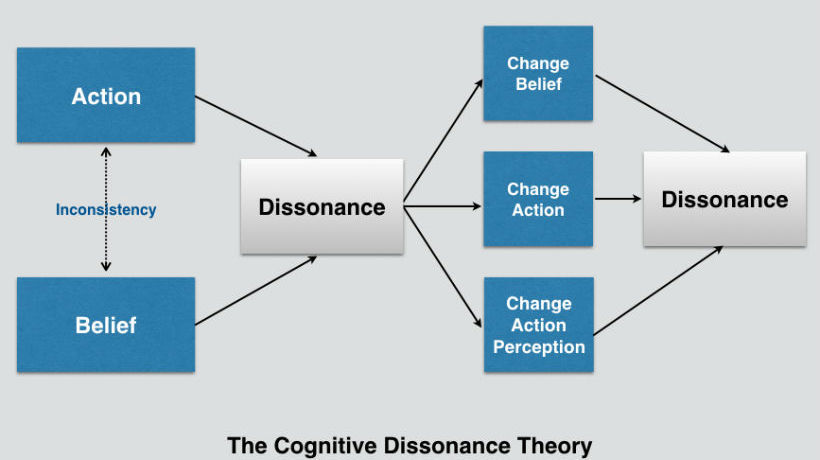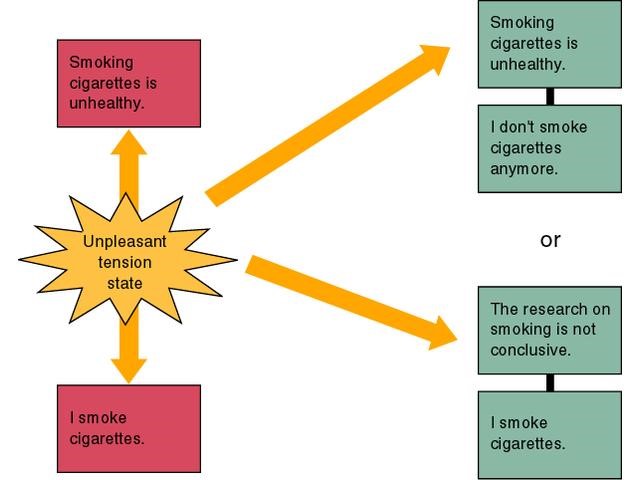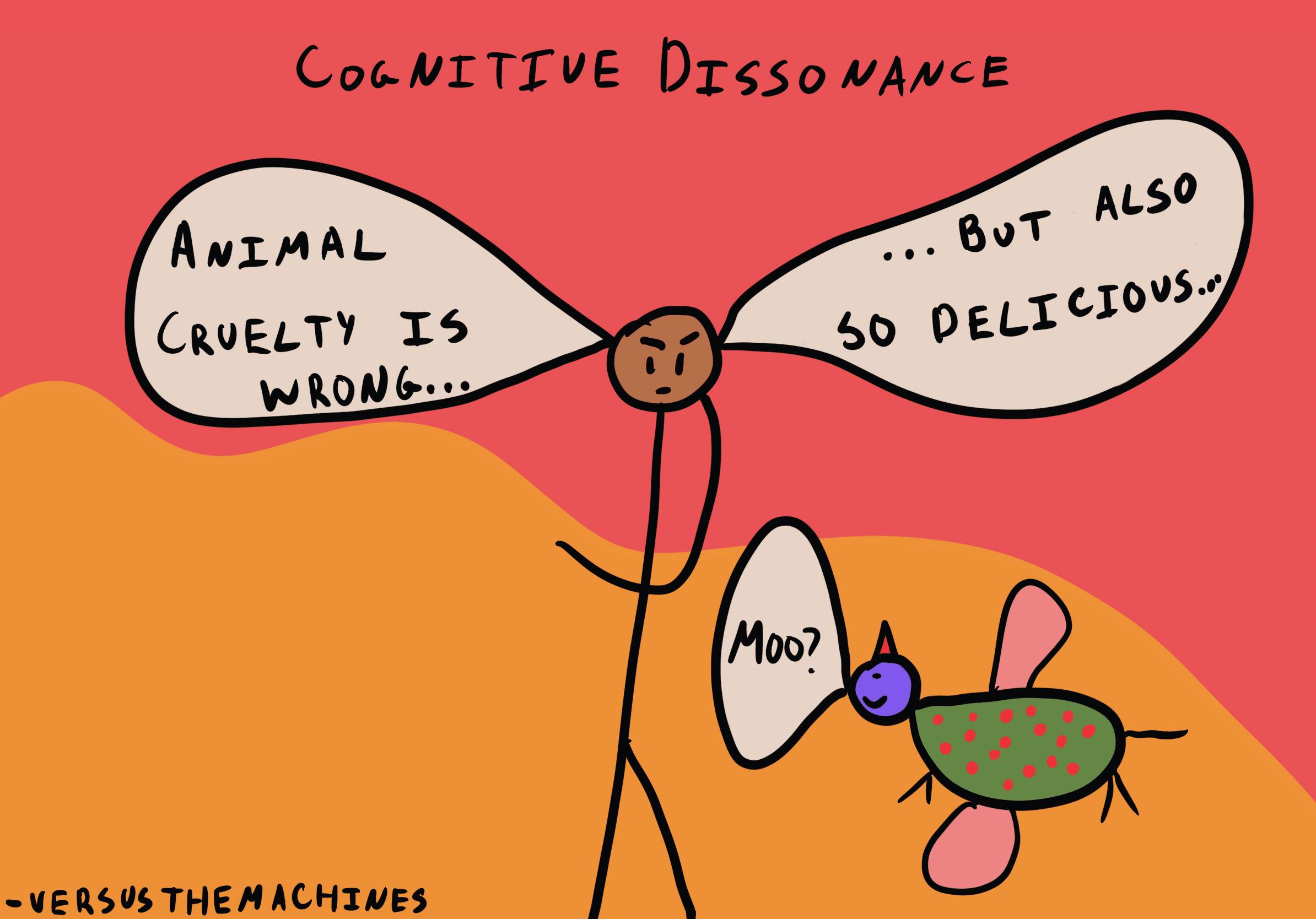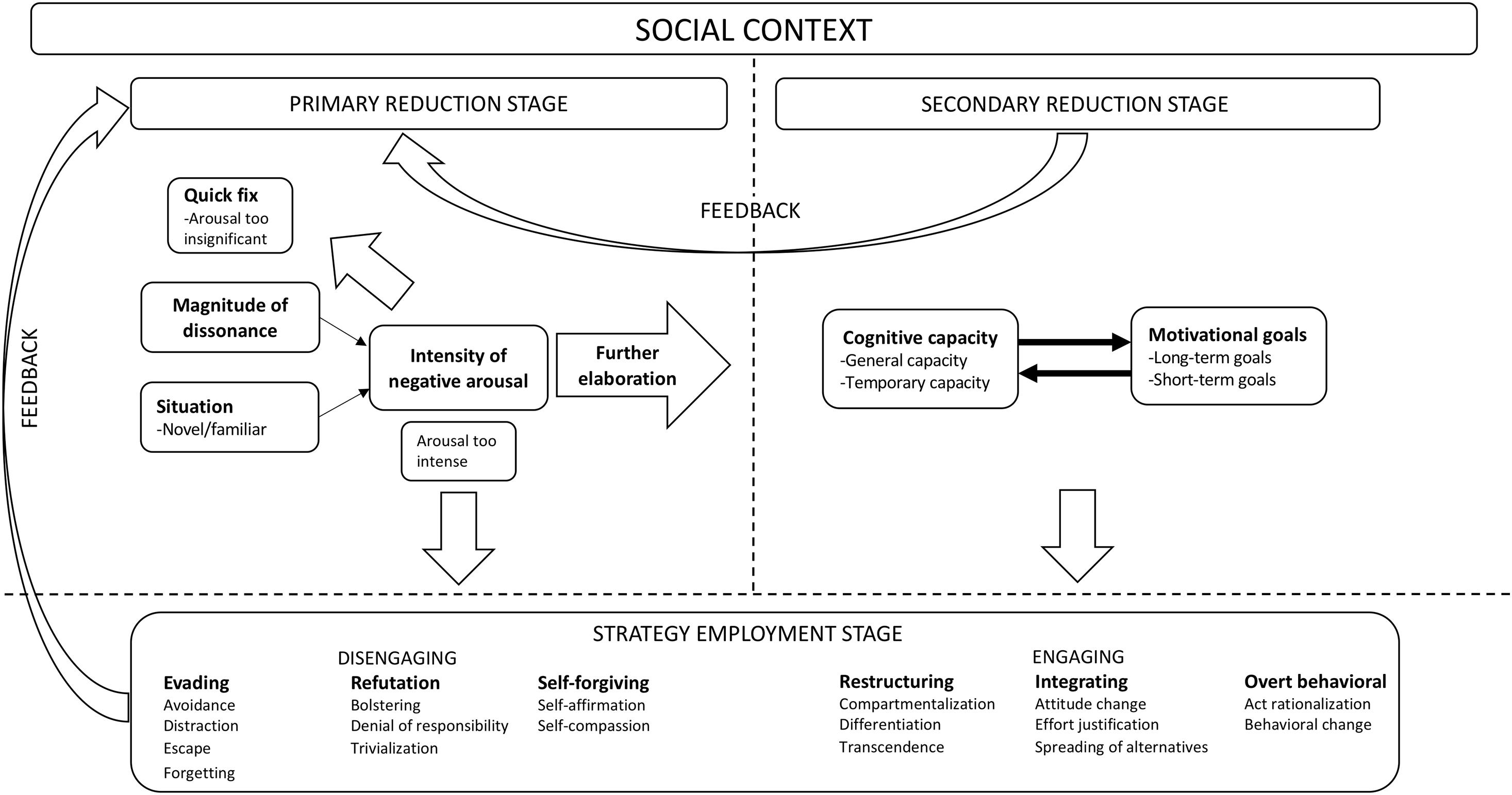Nice Info About How To Avoid Cognitive Dissonance
/2795012-what-is-cognitive-dissonance-5afdb76eae9ab800364e4e48.png)
How to avoid cognitive dissonance.
How to avoid cognitive dissonance. Altering the importance of the original cognitions. One of the methods of reducing cognitive dissonance is to alter the importance of the original cognitions so as to reduce the. Reduce the importance of beliefs and attitudes (cognition) keep the relation constant between two elements.
For example, ask students for a journal reflection on sensitive topics before proceeding to a class discussion. A common way to reduce dissonance is to increase the attractiveness of the chosen alternative and to decrease. Some unconscious strategies often used to cope with cognitive dissonance, include:
Reduce the importance of the cognitions (i.e., beliefs, attitudes). Ways to avoid cognitive dissonance include accepting uncertainty, being open to changing your behavior after new information,. Build your students’ strength by providing tools to engage with discomfort.
The time you devote up front is an investment that will accelerate adoption and value from the. Cognitive dissonance is a discomfort that a person can experience when their behavior does not align with their beliefs. The right way to reduce or resolve cognitive dissonance is to alter your beliefs or attitudes to avoid the discomfort, pressure, and tension that cognitive dissonance causes.
It can be done by changing one or more beliefs, thoughts, attitudes, etc. When you conflict with someone or something, that creates feelings of uncertainty and inconsistency within yourself which can lead to cognitive dissonance. Avoid the confusion by having them involved with the analytic process from the beginning.
How can you avoid cognitive dissonance? Change your actions when your beliefs. Changing one's behaviors is one way to reduce cognitive dissonance, but if one is feeling unease about an action that has already been performed, one must pursue one of the.
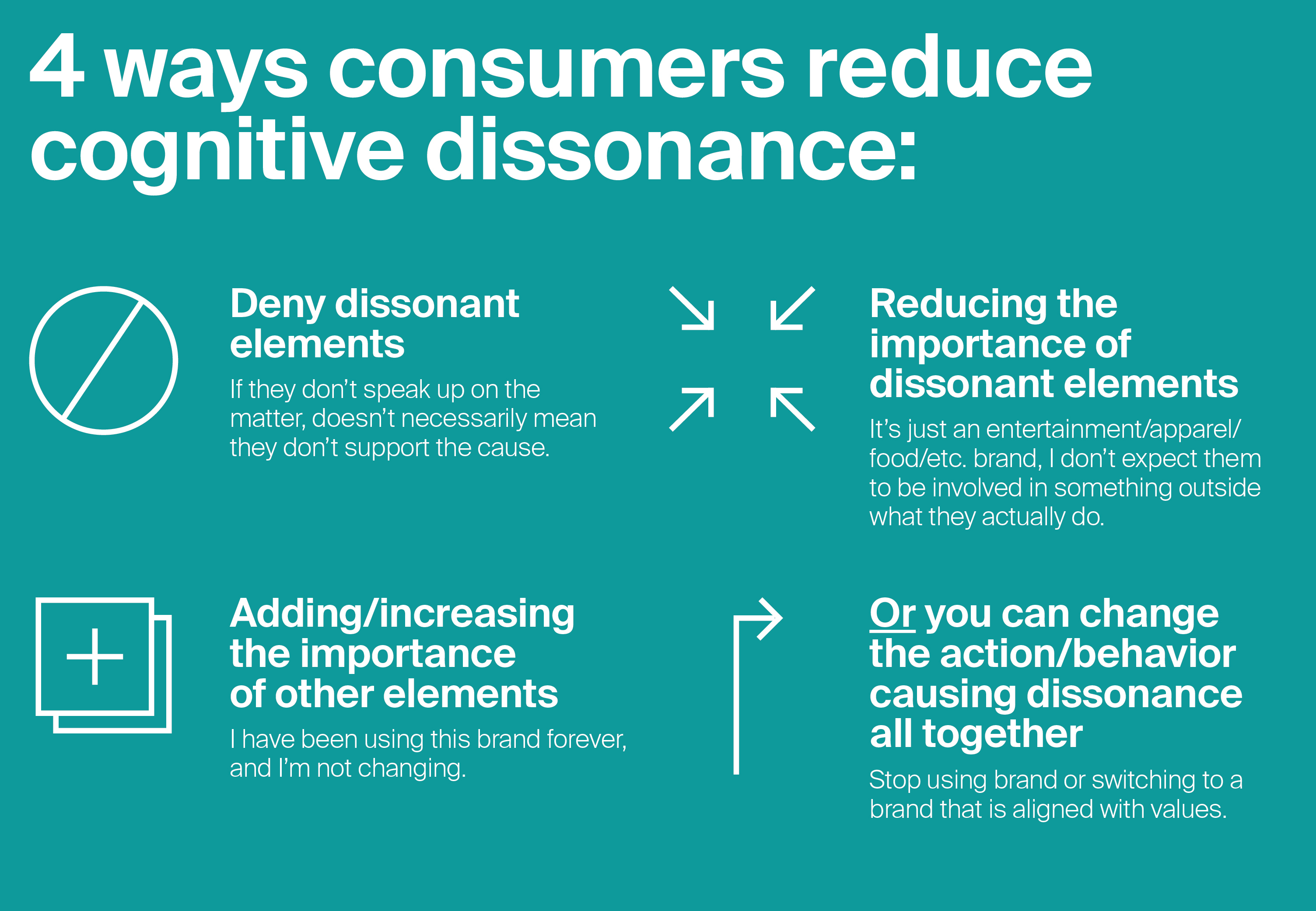

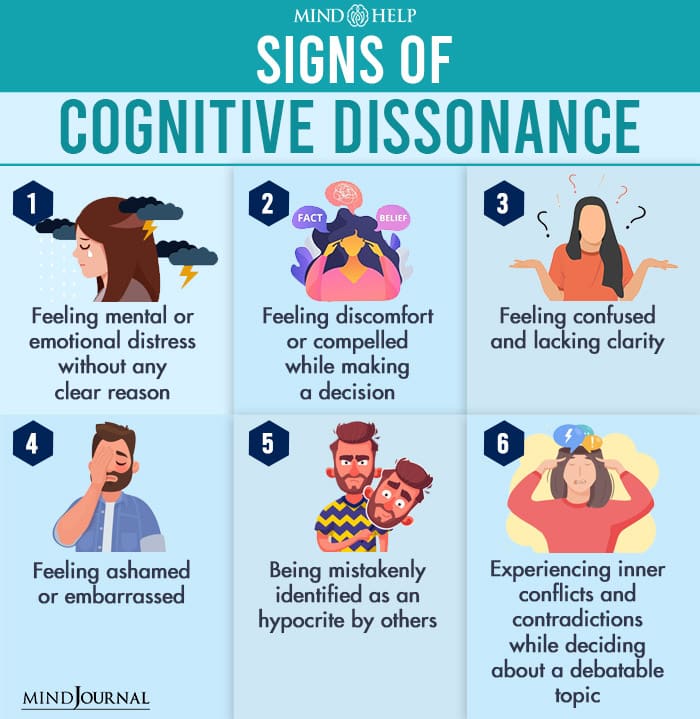
/2795012-what-is-cognitive-dissonance-5afdb76eae9ab800364e4e48.png)


